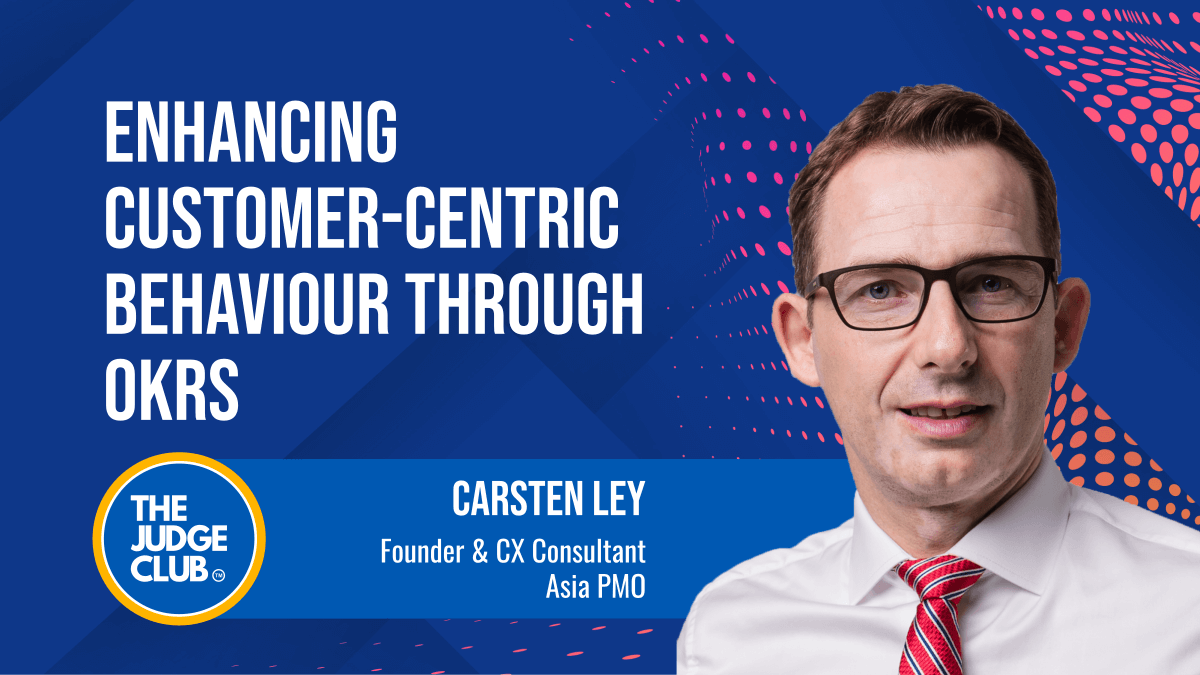The power of OKRs (Objectives & Key Results) lies in their ability to generate both immediate results and long-term impacts. We can cultivate a customer-centric mindset throughout our organization by shifting our focus to how each person’s role creates a valuable effect.
In a recent blog post on our OKR Asia platform, we explored the significance of elevating Customer & Employee Experience as two of five company objectives. These objectives have proven to be the most common and impactful regarding OKRs. In this article, our main focus is how we can place customer achievements at the heart of our OKRs and inspire everyone to strive for customer satisfaction.
Key Areas of Focus:
- Customer-Centric Mission & Vision (North Star)
- Customer Value-Driven Strategy
- Cross-Functional OKRs with Lagging Indicators
Customer-Centric Mission & Vision (North Star)
To effectively incorporate OKRs that measure customer success, our company’s mission, vision, and values must be centered around the customer. In industries like pharmaceuticals and retail, customer satisfaction and engagement take top priority. Every individual in our organization is responsible for serving the customer. As highlighted in our previous blog post, “Branding vs. Reality: How Do Customers Perceive It?” our focus extends beyond market share, profit, and branding. We motivate and enable our entire organization to strive for customer satisfaction in the short and long term.
To achieve this, it is crucial for every member of our company, regardless of their role in front-office, back-office, or support teams, to understand their impact and leverage in influencing a great customer experience. Clear communication from management emphasizing our customer-centric values as the core of our organization is paramount.
Customer Value-Driven Strategy
Value mapping is excellent for developing our company’s strategy and roadmap. It helps us connect our existing products and services with future offerings, clearly explaining why it is essential for both our organization and our customers to move in a specific direction. We establish long-term objectives by defining value-based results on a strategic level, such as satisfaction levels and repeat customer ratios. This enables us to break down our OKRs, allowing each department, team, or cross-functional working group to contribute to these overarching values.

As depicted in the graph above, linking our value map to customer profiles or personas creates a relatable framework for specific customer groups. This framework serves as motivation for our teams. Furthermore, sharing customer success data with our couples is crucial, as we will explore in the next chapter on OKR setup and measurement.
Cross-Functional OKRs with Lagging Indicators
By identifying company OKRs that measure the work results of our teams (leading indicators) and their impact on customers or the market (lagging indicators), we establish a clear connection between team outcomes and customer values.
For instance, if our objective is to increase market share in a specific online segment within Q1, our IT & Product team plays a crucial role in programming the necessary functions, focusing on quality and timely delivery. However, it is important to emphasize that delivery should occur well before the end of Q1, as our key result is not merely the completion of functions but the genuine increase in market share. Additionally, the IT & Product team should monitor lagging KRs to gauge how clients perceive the new functionalities, such as through survey benchmarks, and determine their desired impact on market share.
Therefore, we advocate for establishing cross-functional agile teams or squads responsible for the end-to-end customer journey and feature development. By leveraging a mix of expertise from Product, IT, Marketing, and Operations, these teams ensure that features are built and tested based on customer feedback. They also measure customer perception and ongoing business impact through lagging/external or impact KRs.
This approach is highly effective as it connects each team to customer-related key results, fostering a sense of responsibility for client and market impact. It goes beyond merely completing tasks and passing them on to other departments like Marketing, Sales, Operations, or Customer Service.
For more information on fostering a customer-centric culture with OKRs and measuring customer-related results to ensure team accountability for customer success, please don’t hesitate to contact us here or contact carsten@asiapmo.com.
This blog post was written by Carsten Ley, an Entrepreneur, Enabler, and Project Lead specializing in Employee Experience, Project & Business Transformation. Carsten has led large-scale project implementations for renowned companies such as Deloitte Germany, VW Mexico, Rolls-Royce UK, and Lazada Vietnam. In 2018, Carsten founded Asia PMO, a consulting firm dedicated to efficiently implementing company objectives and improving customer and employee experiences, fostering a result- and team-oriented environment.

